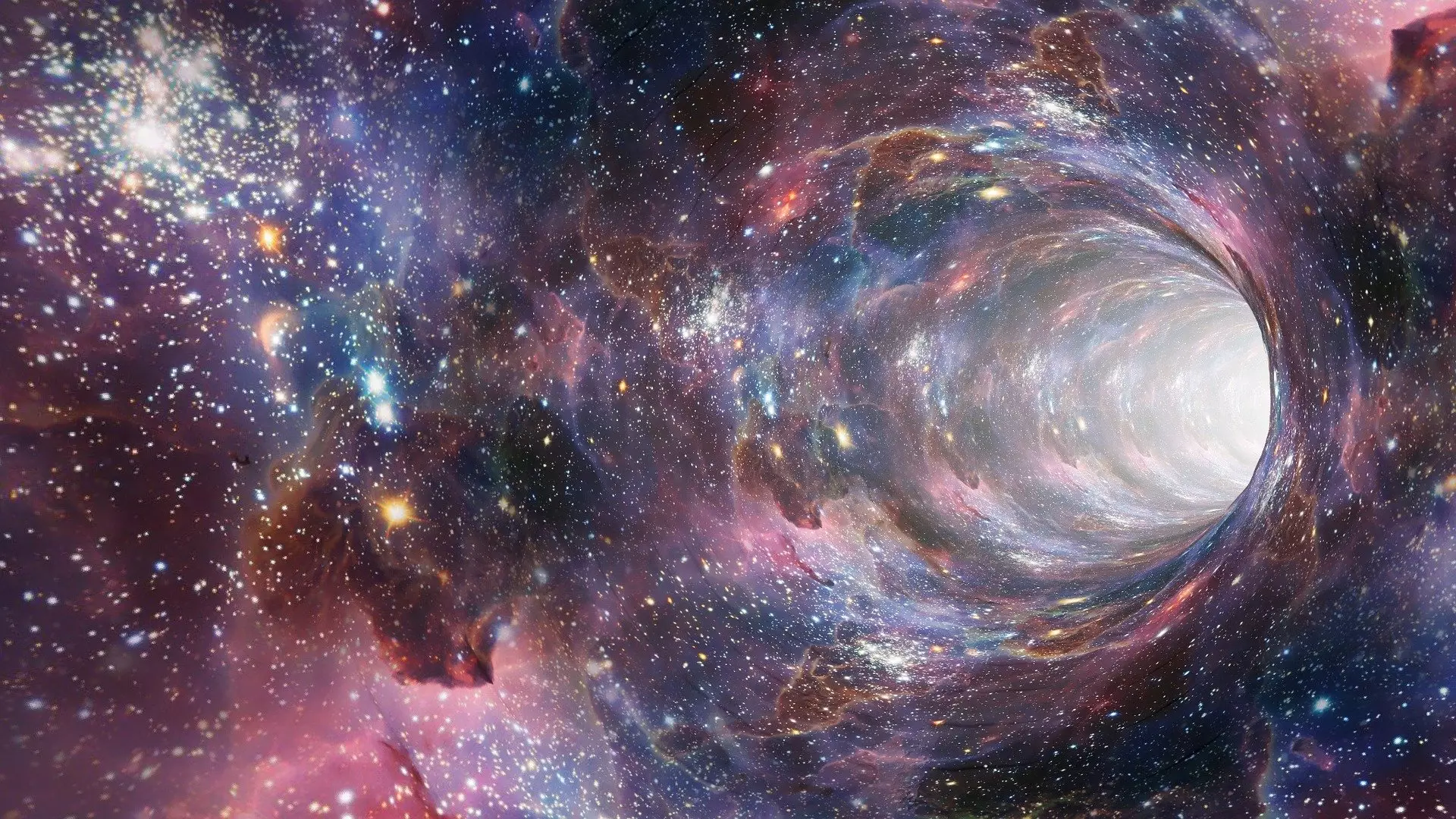Dark energy has emerged as one of the most perplexing mysteries in modern cosmology, presenting a challenge to our understanding of the universe. The standard cosmological model, Lambda-CDM, incorporates a cosmological constant into Einstein’s field equations—albeit a constant that is small, positive, and confounding in its simplicity. This leads to significant discomfort within the physics community; what is the reason for this minuscule value associated with dark energy? Furthermore, the peculiar traits of dark energy, particularly its characteristic negative pressure and its resistance to dilution as the universe expands, provoke deeper inquiries into the fabric of cosmic dynamics. Thus, scientists are compelled to consider alternative paradigms that might liberate us from the constraints of dark energy.
Seeking Alternatives: Beyond Conventional Cosmology
In an effort to explain the accelerated expansion of the universe, one compelling alternative posits the existence of an anti-universe that functions in reverse time. This concept, initially espoused in prior research, unveils a radical shift in how we perceive cosmic expansion. My recent work delves deeper into yet another alternative model—the braneworld scenario. In this perspective, our universe is envisioned as a three-dimensional brane embedded within a higher-dimensional bulk, akin to a two-dimensional sheet adrift in a three-dimensional realm. By investigating a model based on variable brane tension, I venture to suggest that dark energy may be entirely irrelevant to future cosmological narratives.
The Mechanics of Braneworld Dynamics
The braneworld theory operates on the premise that our universe exists alongside a fixed higher-dimensional space, and this relationship influences its properties and behavior. Each brane is associated with a specific brane tension, denoted as T, impacting its cinematic characteristics. By introducing a variable tension into the brane model and concurrently treating the gravitational constant (Newton’s G) as a scalar field, I have made significant strides in reshaping notions of cosmic dynamics. The scalar field emerges as a pivotal player, operating where traditional concepts would assign roles to matter or dark energy.
Moreover, my approach aligns with certain modified gravity theories that advocate for the promotion of Newton’s constant into a scalar field. This shift allows for dynamical equations that reflect the standard Friedmann equations, yet pivot the scalar field to emulate the role of matter, while traditional matter sources manifest as a semblance of dark energy. As radiation remains negligible in our universe—a common approximation in cosmological models—this new framework indicates that we may be overlooking simpler constructs that could account for cosmic phenomena without invoking the complexities of dark energy.
The Philosophical Implications of Our Universe
After years immersed in resolving the enigmas of dark matter and dark energy, I have reached a crossroads: we must either accept a universe dictated by the tenets of general relativity, steeped in the mystery of dark forces, or embrace a higher-dimensional multiverse that reveals the elegance of simplicity. This tension brings us to consider the nature of scientific laws and their inherent beauty. As I critique modified gravity theories like MOND, I find them lacking in their ability to deliver the aesthetic symmetry and harmony that we often observe in the physical world. This philosophical stance underscores a deeper intuition—nature favors structures that are coherent and stable over those that are transient and inconsistent.
The Road Ahead: Science and Discovery
The path forward remains illuminated by the persistent light of inquiry and observation. As scientists discipline our gaze toward the cosmos, it is imperative that we remain open to emerging paradigms and interpretations that challenge the status quo. The interplay between observational data and theoretical models—each feeding into the other—will ultimately guide us to a clearer understanding of the universe. Armed with the tools of modern science and the insights gained through rigorous exploration, we look to an inexorable future where the enigma of dark energy may dissolve into the annals of history, replaced by a more profound comprehension of the cosmos.
The debates surrounding these cosmic questions will continue to inspire further investigation, fueling the imaginations of physicists and cosmologists as we strive to comprehend the complexities of our universe and our place within it.


Leave a Reply